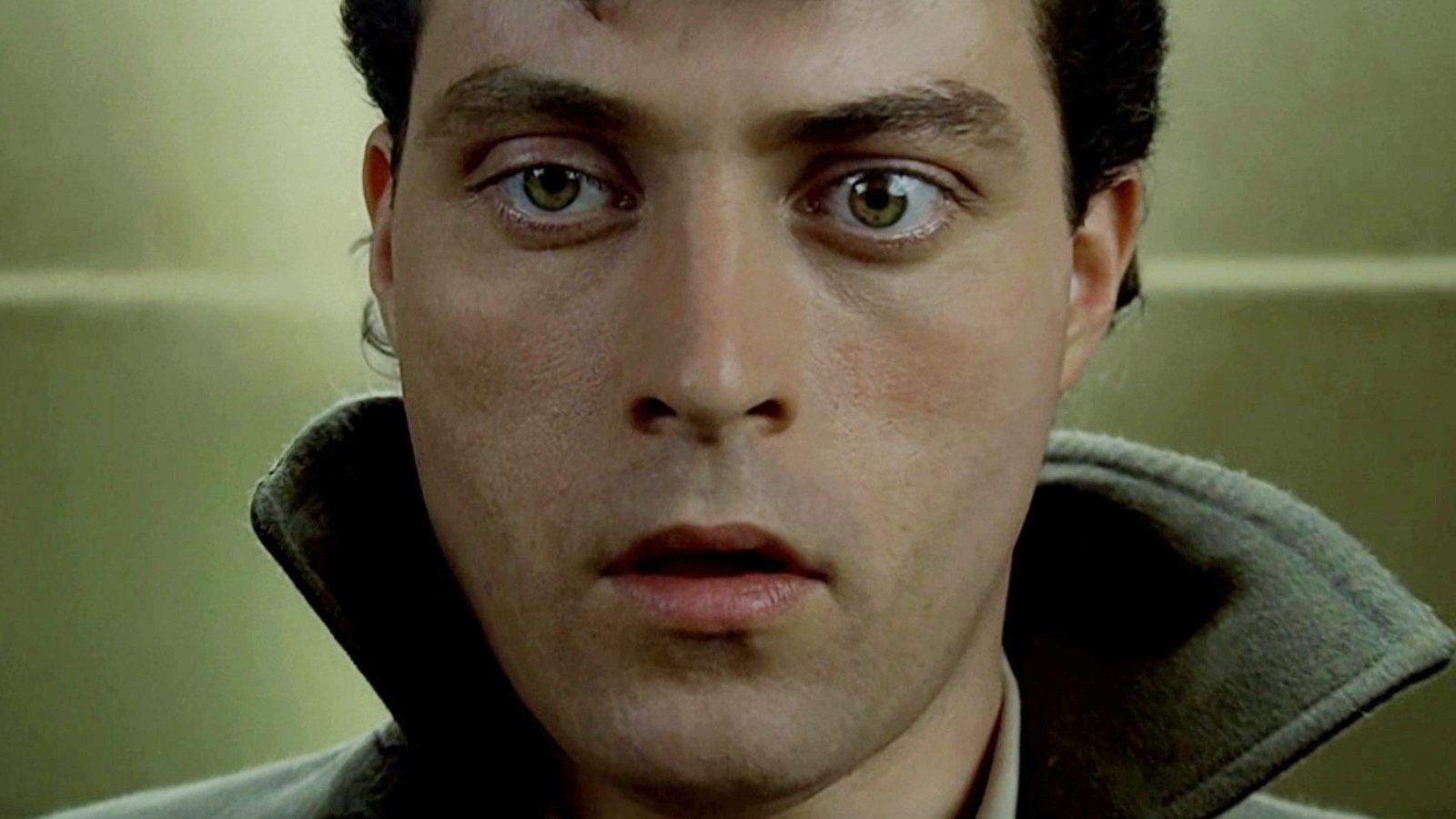
Science fiction has yielded many great films over the past decades, from arthouse cult classics to mainstream blockbusters. Whereas these films continue to attract large audiences, many independent sci-fi films have garnered much less attention. This list will shine a light on the lesser-known sci-films of the past 50 years, from Japan to France.
This list is not comprehensive, of course, so we’d love to hear which titles you’d have included.
1. The Face of Another (1966)
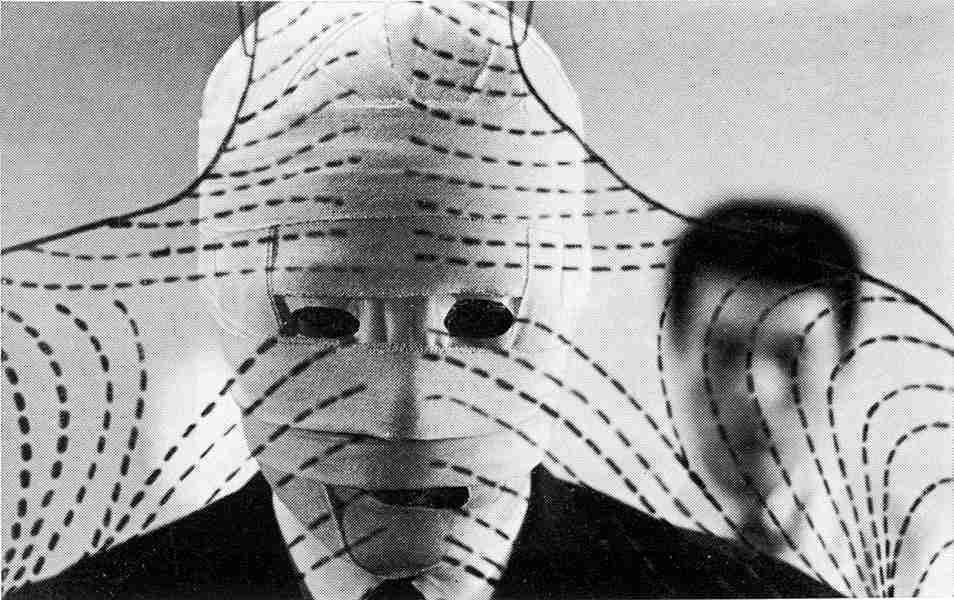
The Face of Another, directed by Hiroshi Teshigahara and based on Kōbō Abe’s novel of the same name, tells the story of Okuyama (Tatsuya Nakadai), a burn victim who receives a brand new face in the shape of a realistic mask.
The film opens with Okuyama completely covered in bandages and wearing sunglasses — his face hidden from the camera. His wife (Machikō Kyo) now serves as his carer. Both pitying and fearing him, she shies away from his slightest touch, yet tends to his every need. Okuyama is rendered furious by his predicament, he berates his wife for the way she treats him and hates that his has been completely disfigured.
Okuyama is approached by a doctor who specialises in reconstructive surgery. The doctor offers cutting-edge surgery that consists of grafting a prosthetic mask onto Okuyama’s face. Okuyama reluctantly agrees.
Nakadai’s film is interested in the inherent link between mind and matter, face and identity. The Face of Another points to the physicalness of identity and presents the callous treatment to which people with disfigurements are subjected. Interspersed between Okuyama’s arc is the story of a young woman who has been disfigured during World War Two. Once beautiful, she is now considered repulsive due to her disfigurement. The film focuses on doubling, both as a visual motif and to point to the dichotomy of identities — Okuyama’s “real” burnt face and his new mask identity.
The Face of Another is a must-watch for fans of surgery horror. Nakadai’s film offers a more philosophical approach to the surgery horror genre, however, much like the equally brilliant Eyes Without a Face (1960). Both films portray the perceived loss of identity caused by disfigurement, and the subsequent effort to reclaim identity through surgery.
2. Seconds (1966)
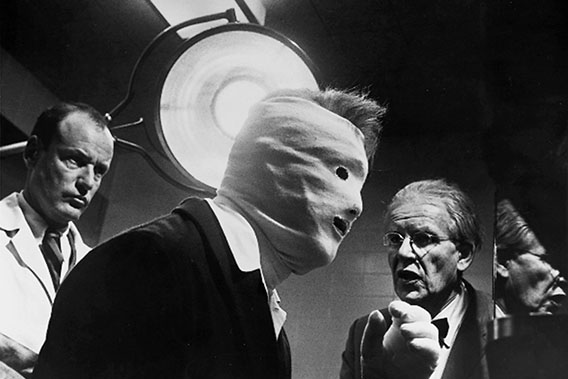
Another surgery horror film, Seconds follows Arthur Hamilton (John Randolph), a banker who, going through a mid-life crisis, decides to change his face through plastic surgery. This surgery is performed by a clinic called “The Company.”
The surgery is known as a “rebirth”; in order to adopt a new identity, Arthur will need to fake his death beforehand. The surgery itself is much more extensive than the one undergone in The Face of Another. More than just fixing a mask to his face, doctor’s change his facial structure, his voice and even his fingerprints. The original Arthur is thus totally erased: Arthur becomes Tony Wilson (played by Rock Hudson).
The film is directed by John Frankenheimer, known for the Korean War film The Manchurian Candidate (1962) and action film Ronin (1992). Like The Manchurian Candidate, Seconds is notable for its use of paranoia throughout the film.
Throughout the film, Arthur/Tony is entirely at the mercy of the doctors operating on him. They treat him like a hostage at times, blindfolding and drugging him without his knowledge. The power wielded by the doctors raises questions surrounding medical ethics and authority.
3. Dark City (1998)
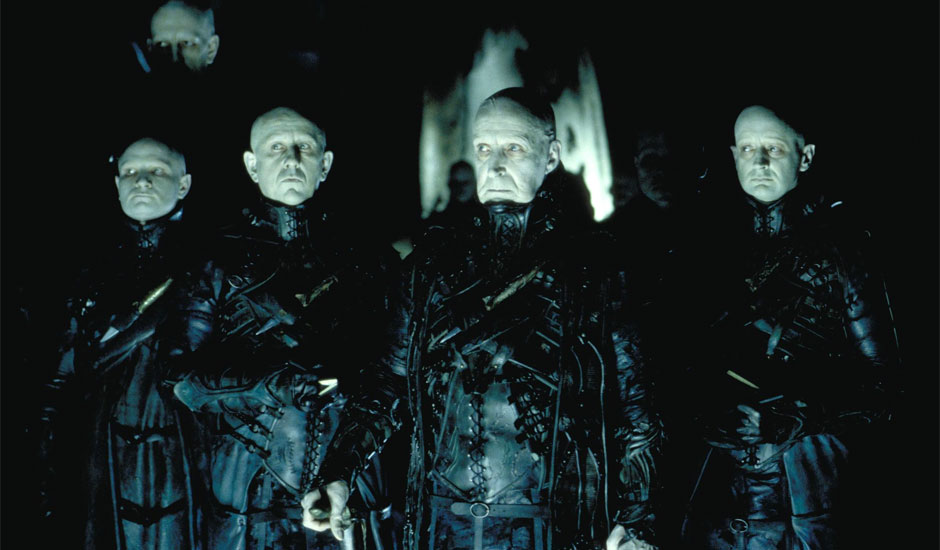
Whereas most audiences are aware of The Matrix, far fewer know about Dark City, a neo-noir sci-fi released the year prior. Much like The Matrix, Dark City focuses on the nature of reality, questioning the trustworthiness of perception.
Dark City, directed by Alex Proyas–known for The Crow (1998) and I, Robot (2009), is set in a city set perpetually at night. Murdoch (Rufus Sewell) wakes up in a bath without any memories. Next to him, however, is a dead body, leading him to think that he has committed murder. Murdoch cannot believe that he is a killer, so undergoes a journey to uncover his true identity. Through Murdoch’s journey, Proyas’ film explores the link between memory and identity.
Dark City offers beautiful set design, strikingly reminiscent of 1940s noirs but with a twisted, uncanny edge. The also has a great supporting cast, with Kiefer Sutherland giving a pitch-perfect camp performance of a mad doctor, Jennifer Connelly embodying the femme fatale, and Richard O’Brien (of Rocky Horror Picture Show fame) also bringing his dose of camp to the film.
4. Fantastic Planet (1973)
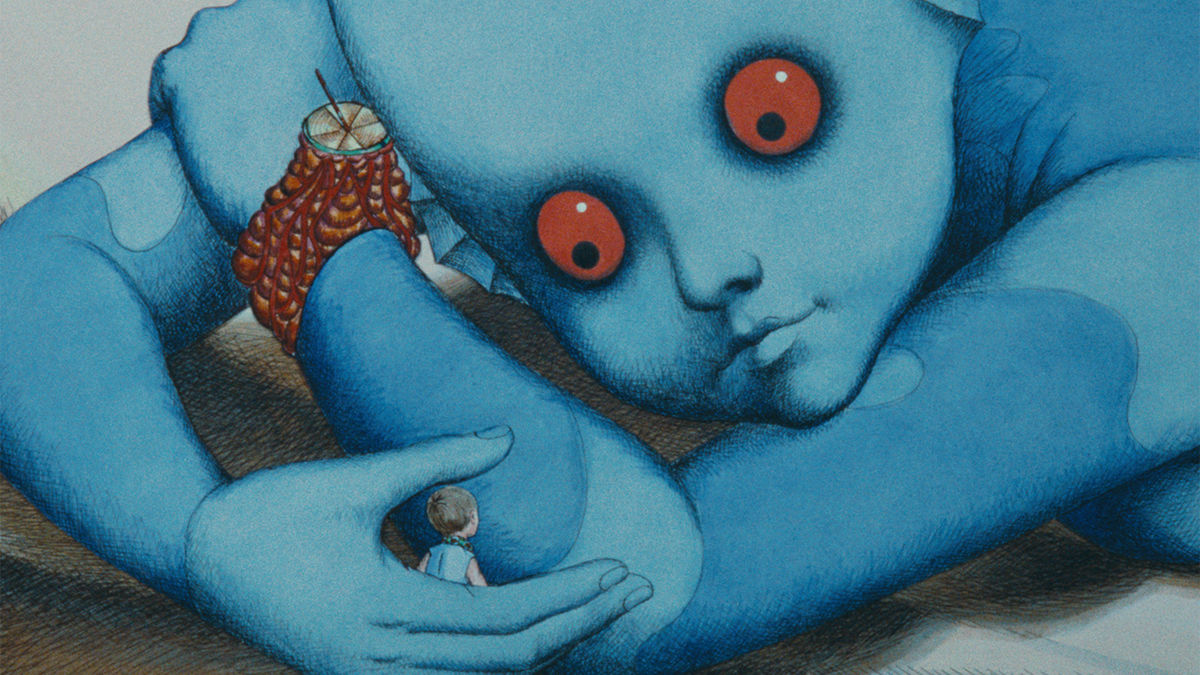
The only animated film on the list, Fantastic Planet takes place on an uncanny planet ruled by a race of gigantic blue beings called Traags. Humans, called Oms in the film, also live on the planet, but are either kept as pets or viciously hunted by the Traags. The humans who are not kept in domesticity are pushed to the outskirts of the planet, living in fear of the dominating Traag race.
The animated film is a French and Czechoslovakian co-production, with French animator René Laloux directing and co-writing and French artist Roland Topor co-writing and responsible for the production design. Animation took place in Prague.
With a score by Alain Goraguer, Fantastic Planet is rich with 1970s psychedelic funk and jazz. The film creates an eerily alluring atmosphere with its soundtrack and striking production design, combining beauty and haunting violence.
A poignant philosophical film, Fantastic Planet underlines the violence in domesticating animals considered inferior — humans are kept as playthings and violently reprimanded if they refuse to comply. The film depicts genocidal scenes in which humans are squashed like ants. Fantastic Planet forces its viewer to reconsider their relationship to other species and question inherited ideas of racial superiority.
5. Alphaville (1965)
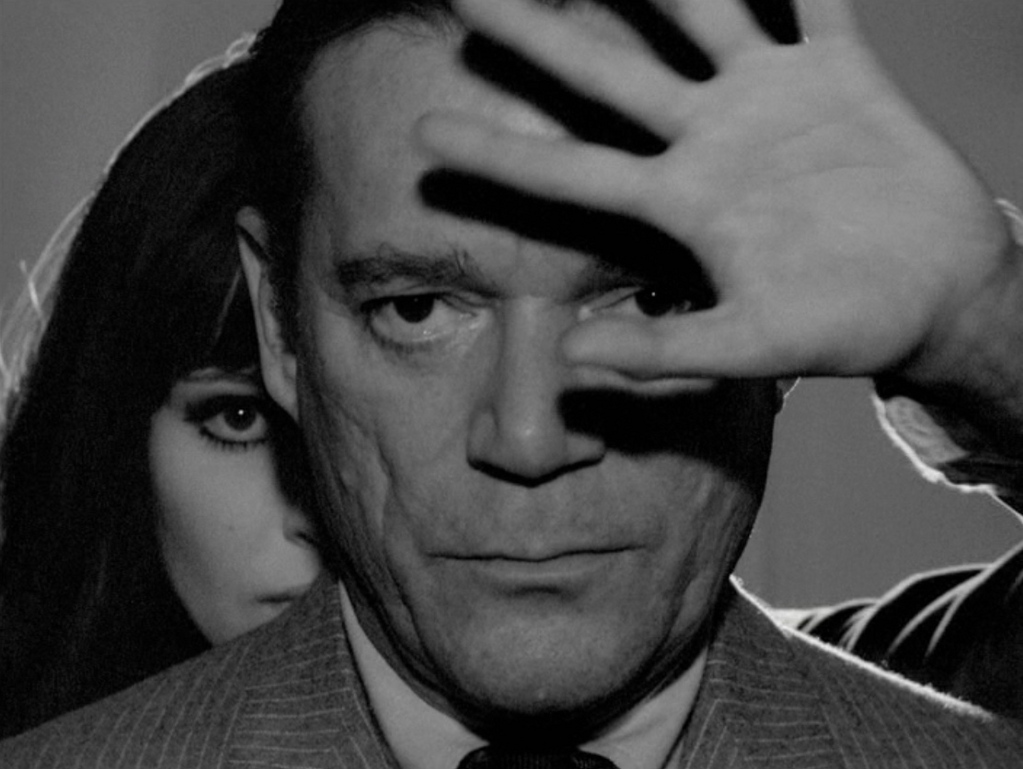
Known for his pioneering of the French New Wave, Jean-Luc Goddard had a foray into science-fiction with his dystopian neo-noir Alphaville. Set in a remote corner of the galaxy, Alphaville depicts a city ruled by a tyrannical dictator, who uses mind control on the city’s inhabitants. Freedom of thought and speech are banned in the city, much in the vein of George Orwell’s 1984. The film follows Lemmy Caution (Eddie Constantine), a detective who is sent to Alphaville in order to find Alpha 60, the mind-control machine. Godard regular Anna Karina also stars in the film as the dictator’s daughter. As is often the case, she is a pure delight to watch on screen.
Though set in a dystopian future, Alphaville was filmed entirely in the streets of Paris, without the use of “futuristic” sets. Glass buildings, considered the height of architectural modernity at the time, were used instead to symbolise the modernity of the city.
Allusions to Nazi-controlled France abound in the film, pointing clearly to the Second World War’s impact on the director. Although he spent much of the war in Switzerland, he had to escape Paris at the beginning of the war. He did this with much difficulty.
Alphaville, much like 1984, serves as a cautionary tale of the dangers of totalitarianism.